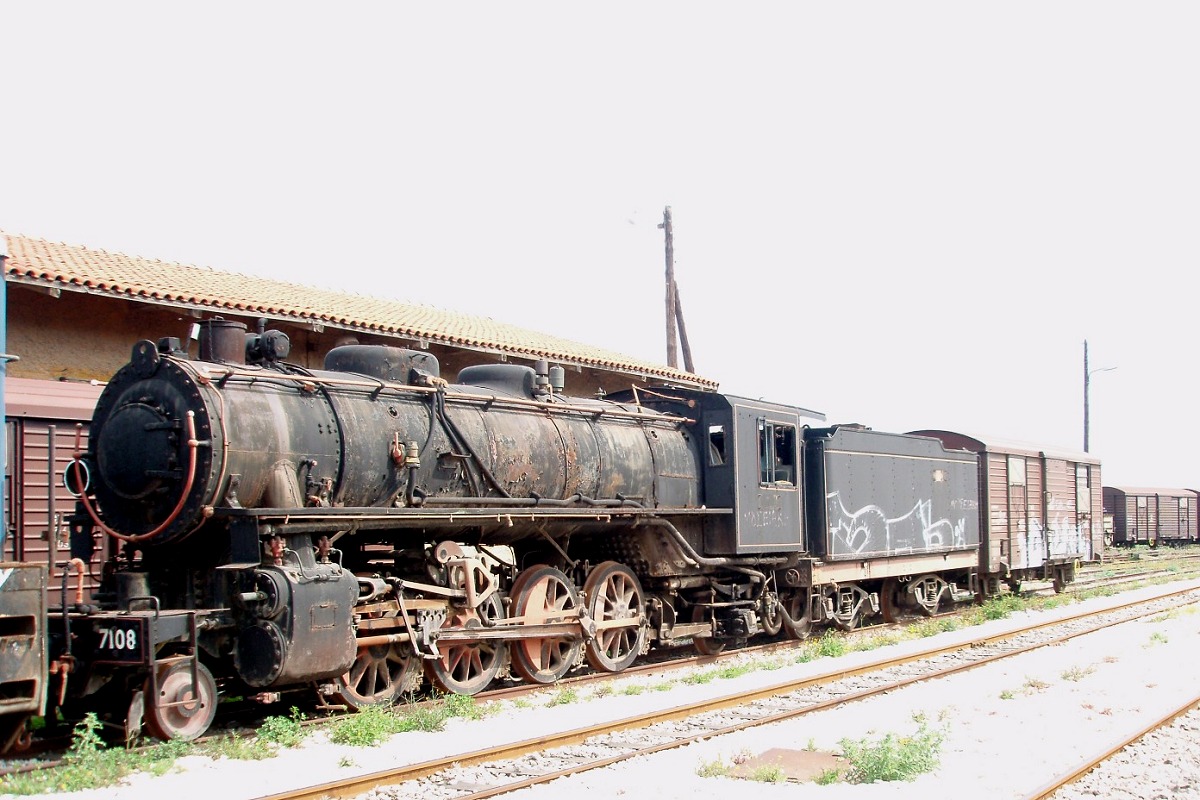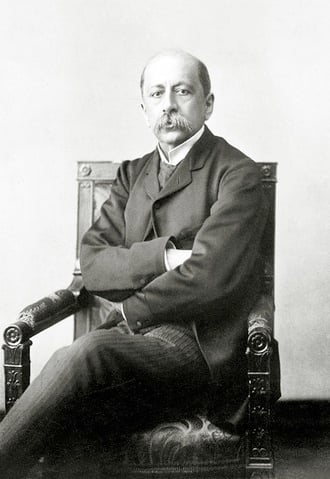
The recent train disaster at Tempi near Larissa this week on Tuesday has thrust Greece’s railways into the spotlight for all the wrong reasons. However, the country’s rail network has a long and interesting history that is worth examining.
Greece gained its independence in the early 19th century, amid the Industrial Revolution. Although the Industrial Revolution had its roots in Great Britain and technological progress was generally slower to spread to the Balkans and Meditterean, Greece did have a small functional railway just past the middle of the 19th century.
Greece’s mountainous topography and relatively limited industrialization in the 19th and early 20th centuries made constructing a comprehensive rail network challenging.
Early beginnings of the railway in Greece
Greece’s long-fought independence from the Ottoman Empire coincided with the emergence of the Industrial Revolution in Great Britain and the early development of trains and railway technology.
In 1804, the first full-scale working railway steam locomotive was constructed by Richard Trevithick in Great Britain. In 1812, the first commercially successful steam locomotive was built by Matthew Murray for the Middleton Railway in Leeds. However, it would take decades for a functional railway to be set up in Greece.
In 1835, just three years after Greece gained its independence, plans were already being discussed to construct a railway between Athens and the busy port of Piraeus. Despite an early interest by the government in developing a rail line, putting these plans into action would take decades.
Progress was slow. In 1857, 22 years after initial plans were made, a contract for the railway’s construction was signed and work finally commenced.
According to records held by the Hellenic Railways Organization (OSE), four separate firms worked on the project and it took 12 years to lay just 8.8 kilometers (5.5 mi) of tracks between Athens and Piraeus.
Nevertheless, by 1869, Greece had its first railway.
Further development
Progress to expand the railway system in Greece further beyond the small line between Athens and Piraeus was also slow.
In 1881, Greek Prime Minister Alexandros Koumoundouros approved four contracts outlining the construction of 1,435 mm (4 ft 8+1⁄2 in) standard gauge lines. Koumoundouros’ ambition was to make Greece a focal point in the railway journey between Europe, Asia, and India.
However, just one year later Charilaos Trikoupis became prime minister and scrapped the contracts approved by his predecessor, replacing them with four of his own. Trikoupis opted for narrow gauge lines to cut costs, although standard gauge lines were used in some parts of the railway system.

Trikoupis proposed his favored railway routes with the intention of boosting Greece’s internal economic growth rather than making Greece a pivotal transport node between Europe, Asia, and India.
Three main systems were proposed: one circling the northern Peloponnese, another Thessaly, and one between Athens and Lavrio.
Trikoupis anticipated that the railways would take just 5 years to construct. However, this estimate was inaccurate and it took 25 years to complete the rail systems.
Despite a very challenging early adoption process, as the OSE points out, the construction of the railways served as “An integral element of the modernization of the Greek state”.
See all the latest news from Greece and the world at Greekreporter.com. Contact our newsroom to report an update or send your story, photos and videos. Follow GR on Google News and subscribe here to our daily email!



